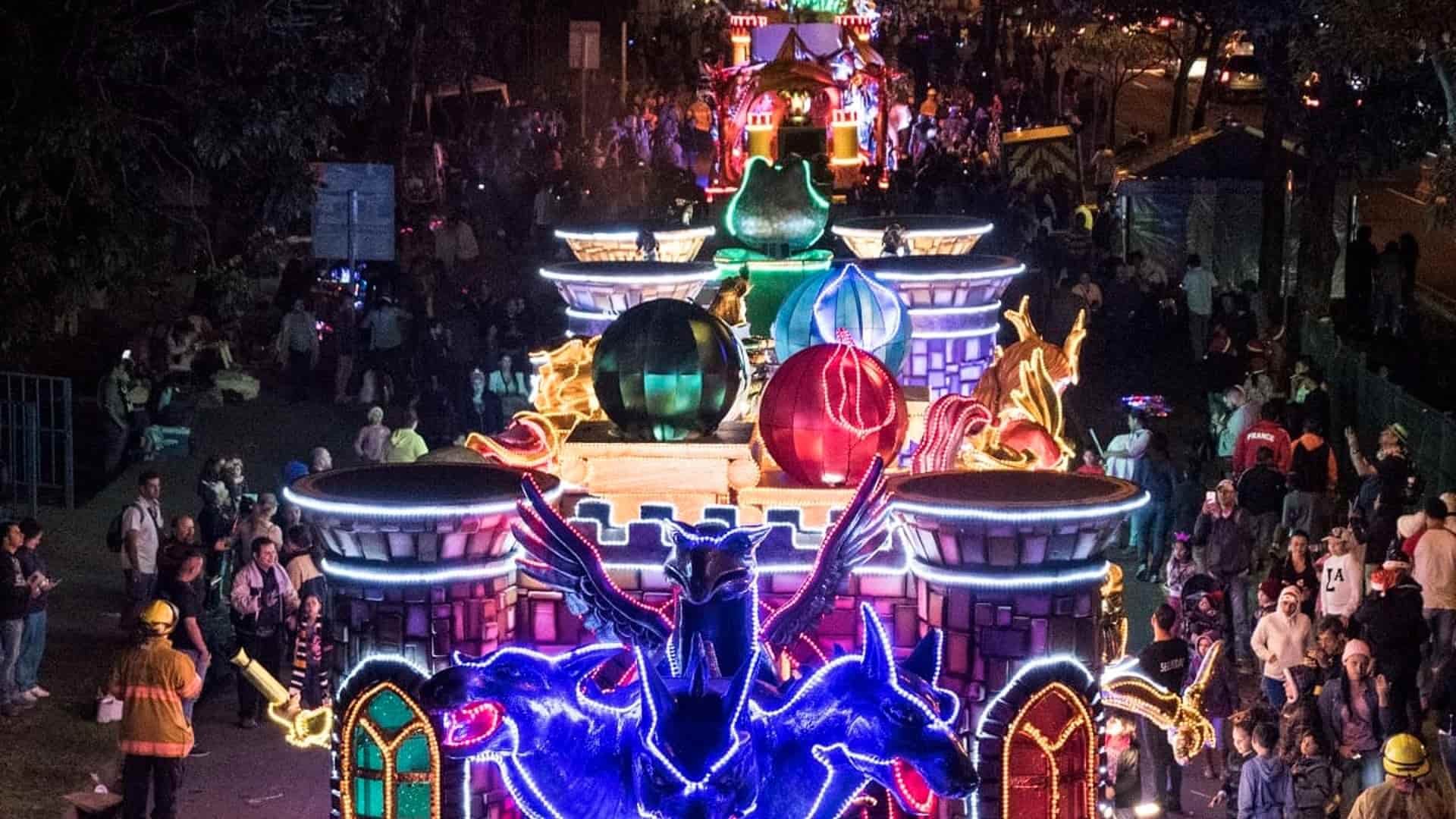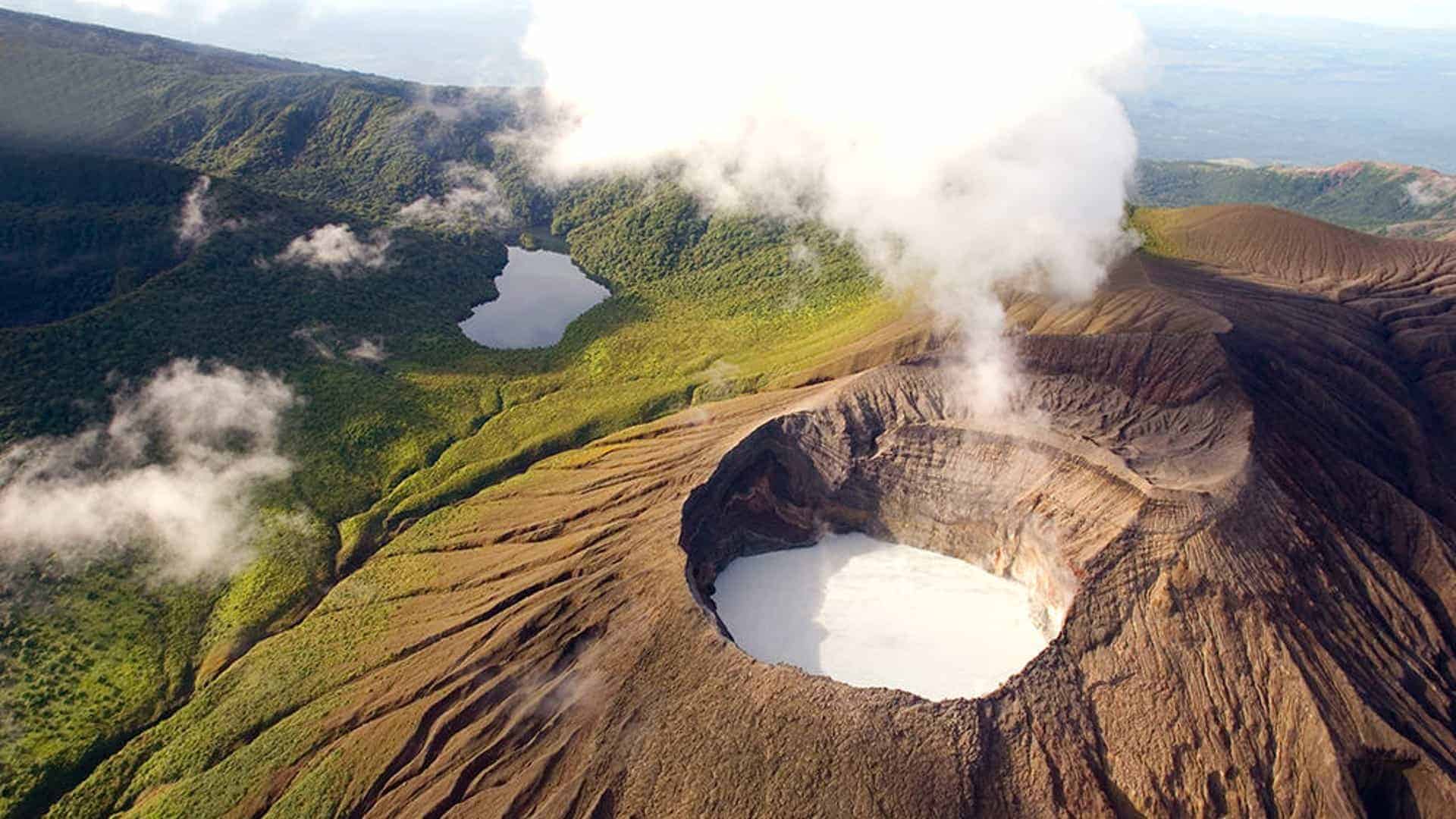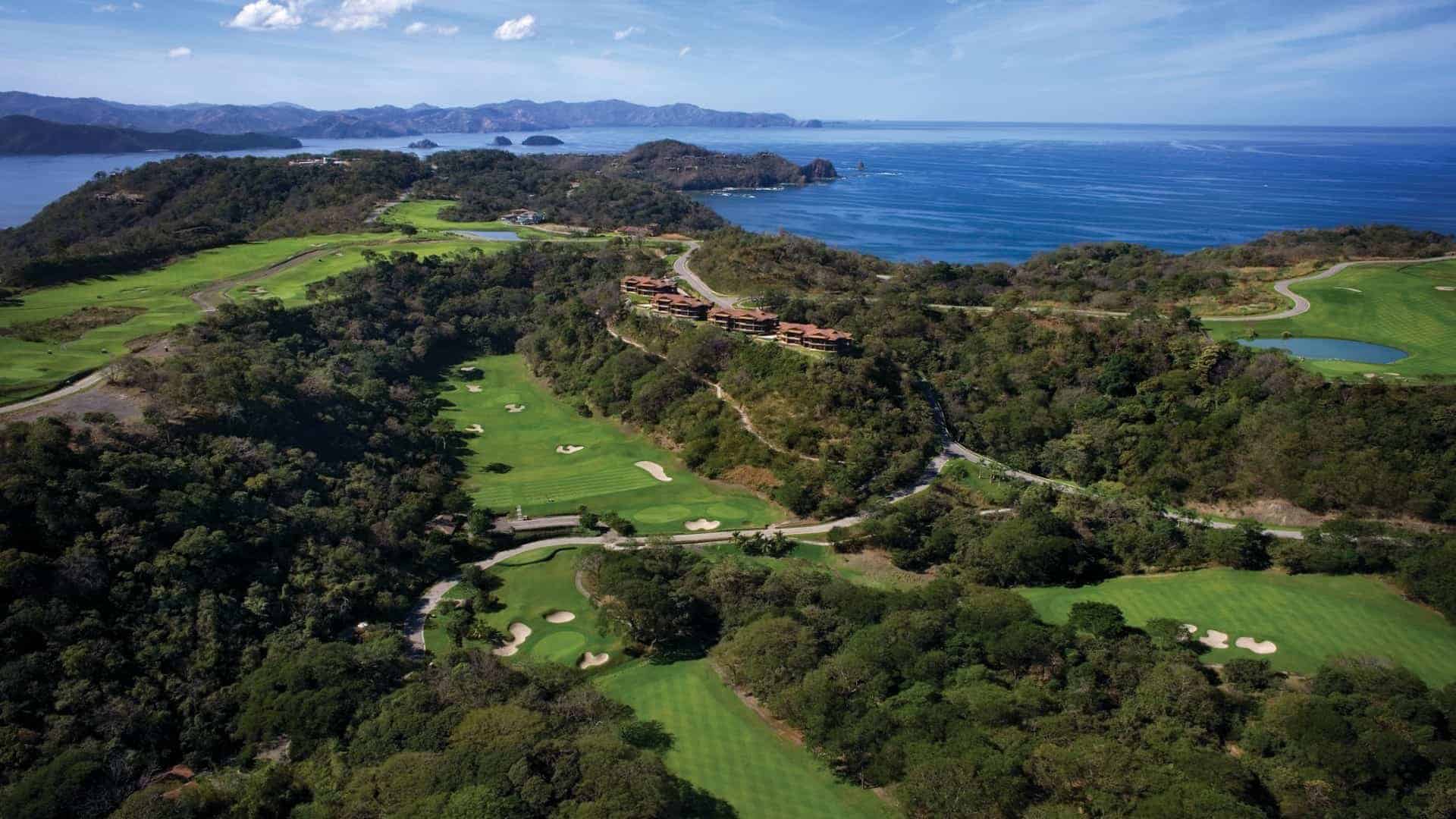Table of contents
- July 26, 2021
- in About Costa Rica, Things To Do
Volcan Irazú seems inescapable when you’re peering at its peak from the San Jose province. I’d sailed beside smoky Mount Etna in Sicily and hung my feet over the edge of Telica in Nicaragua, but nothing quite prepared me for the majesty of Costa Rica’s volcanoes.
Though Irazú was far from the first volcano I’ve ever viewed with the naked eye, its imposing stance surrounded by a loyal cluster of clouds set it apart from what seemed like the feeble volcanoes I’d seen elsewhere in the world.
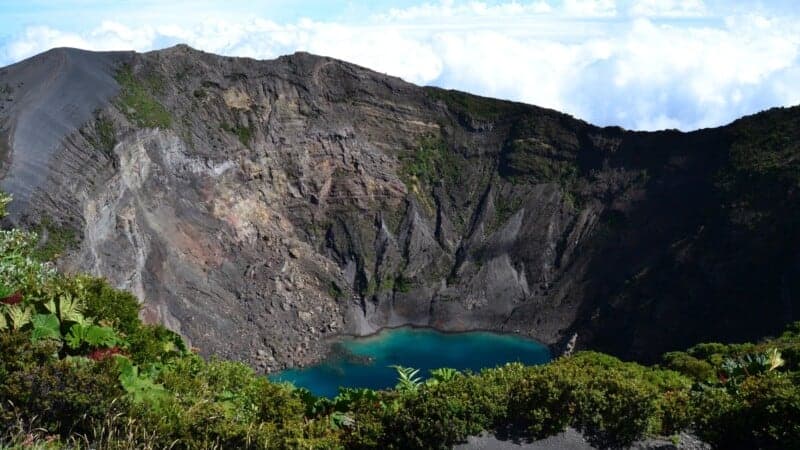
Costa Rica may be renowned for its heavenly rainforests and rich biodiversity, but those in the know are well aware that the country has hundreds of volcanic formations within its borders. Between 1 and 3 million years ago, the Central American isthmus arose from the ocean during a period of tectonic uplift that created a corridor of volcanoes in Costa Rica. Most volcanic structures in Costa Rica are considered dormant or extinct, though as of July 2021, five Costa Rican volcanoes are officially “active” — meaning they’ve had an eruption within the last 10,000 years.

When planning your trip, a visit to one of Costa Rica’s volcanoes should be on your to-do list. Not only are these natural wonders stunning to see, they are also an important part of the ecological and cultural history of Costa Rica. Here are eight volcanoes to choose from while exploring this amazing country.
#1
Rincón de la Vieja
If you’re searching for places to stay in Costa Rica, we suggest you book your vacation rental near Rincón de la Vieja.
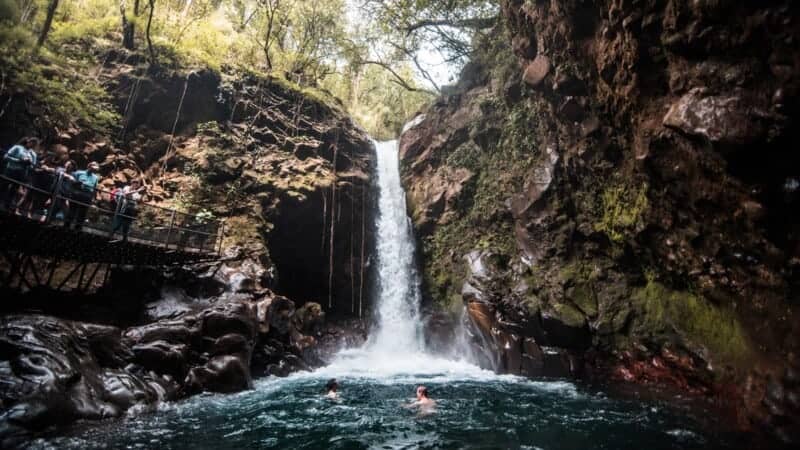
Located in the Guanacaste province within the Rincón de la Vieja Volcano National Park, it offers waterfalls, hiking, flora, fauna and geothermal activity throughout the area, as well as some of the nicest hot springs in Costa Rica. This volcano has been pretty vocal over the last few years. In fact, the Rincón de la Vieja Volcano has erupted over 1,400 times since 2019. Though it erupts frequently, rarely does it explode with significant force. Ash and gas typically spew from its cone.
One highlight of hiking through Rincón de la Vieja Volcano National Park is that it doesn’t need to be a stand-alone activity. If you want to maximize your time in Costa Rica, the surrounding area has plenty to see and do, including ziplining tours, whitewater rafting and wildlife tours. You can combine convenience and comfort when you book a day trip from one of Special Places vacation rentals. Our villas, beachfront rentals and luxury properties located throughout Flamingo, Potrero and Coco are perfect base camps for exploring Rincón de la Vieja.
#2
Arenal
The most popular volcano in the country, Arenal is also one of the top tourist destinations in Costa Rica. In 2010, it ended an eruptive cycle that saw gas, ash and lava spew into the air, beginning with a major eruption in 1968.
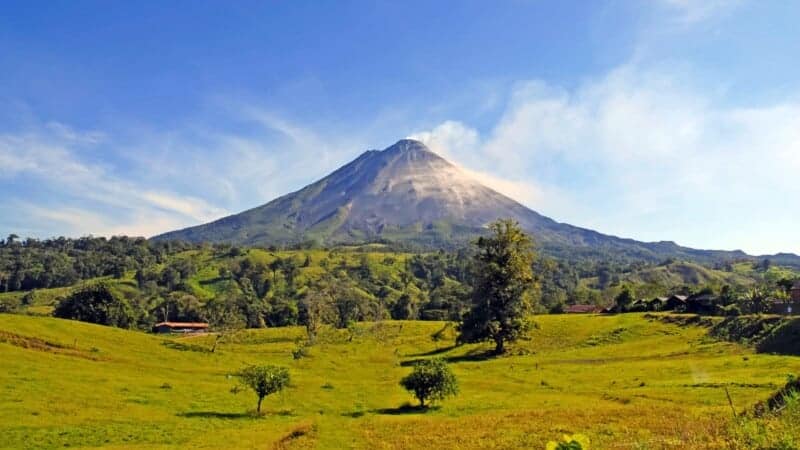
This 7,000-year-old volcano is considered a “young” volcano, and despite its 42-year period of eruptions, it hasn’t stopped visitors from enjoying Arenal Volcano National Park. Also nearby is the extinct Chato Volcano which cradles a spectacular lagoon. Small trails throughout will walk you past lava fields and secondary forests, but the biggest allure is found in the water. The hot springs near La Fortuna will pamper you with an unforgettable soak.
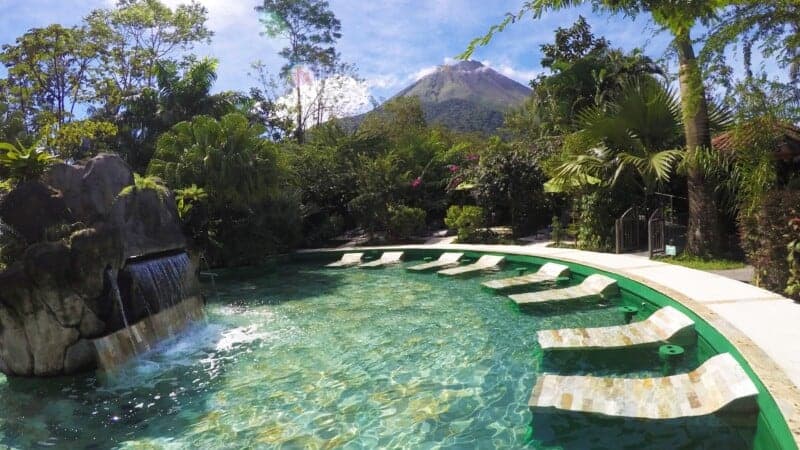
If you’re hoping to enjoy a picture-perfect beach vacation in Costa Rica but still want to elevate your adventure with a visit to a volcano, we suggest booking an ocean-view room in Flamingo. Approximately 200 km from the shoreline, Arenal Volcano National Park is accessible from Flamingo on a day trip.
#3
Poás
If it’s not Arenal that tourists are flocking to, it’s Poás. This active volcano features one of the largest craters on the planet and has a vast network of hiking trails that provide ample time to stretch your legs after you’ve driven your car to the summit. Depending on the weather, a thick layer of clouds may cover the view of the main crater of the Poás Volcano.
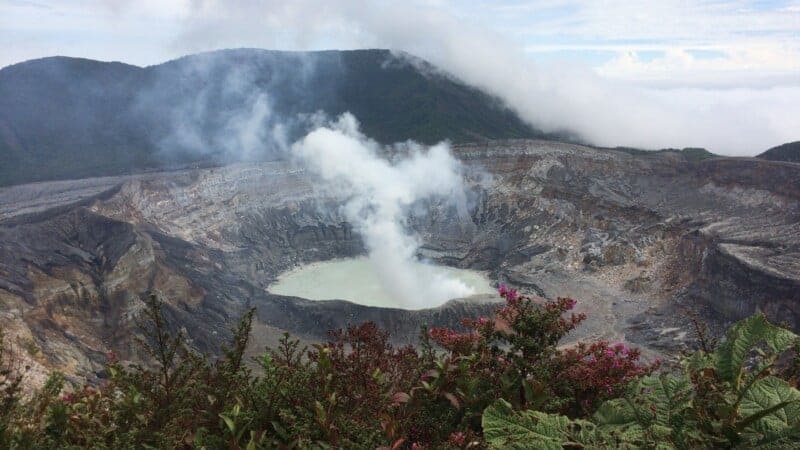
No worries; trails like the Laguna Botos will present you with a beautiful green sulfuric lake in one of the volcano’s other two craters. A visitor center, museum and café add to the experience, giving visitors of all abilities an opportunity to relax under the shade and learn more about the geothermal and ecological elements of the Poás Volcano National Park. Poás was closed not long ago because of volcanic activity, so before you go, make sure it’s open.
Subscribe to our newsletter
to stay up to date
#4
Irazú
If you’re spending time in San Jose, you won’t be able to ignore Irazú’s gaze. Irazú is the tallest volcano in Costa Rica and is mildly active. Its eruptions have been long documented, and although one explosion destroyed 300 homes in Taras de Cartago, most volcanic activity from Irazú comes in the form of fumaroles.

Though this volcano seems unapproachable, you don’t need to be a veteran hiker to reach its stunning vistas. You can literally roll right to the top of its peak along a paved road, making it an easy and accessible day trip for anyone visiting Costa Rica’s capital city.
#5
Tenorio
Is all this talk about active volcanoes making you sweat? Then Tenorio Volcano National Park is the perfect way to beat the volcanic heat. Located in Bijagua, Alajuela, only 90 minutes from Daniel Oduber Quirós International Airport, the Tenorio Volcano has no confirmed historical eruptions. What it lacks in a smoldering cone, it makes up for in serene forests. This lush park has a single hiking trail that will dazzle you with natural wonder.
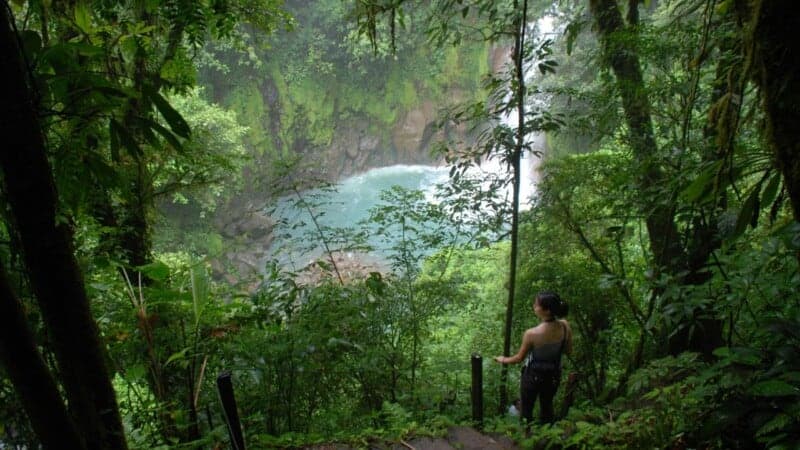
At El Teñidero, two rivers meet to form the spectacular, sky-blue Río Celeste. Follow the river and you’ll find volcanic gas bubbling up in Los Borbollones. The stunning Río Celeste Waterfall also makes this trail well worth the walk.
#6
Miravalles
Although the Miravalles Volcano formed approximately 1 million years ago, the Miravalles Volcano National Park was recently established in 2019. Miravalles National Park is 15 km from Bagaces and hasn’t had a significant eruption since 1946. Relaxing mud baths and soothing swims in the hot springs await you in this often overlooked park.
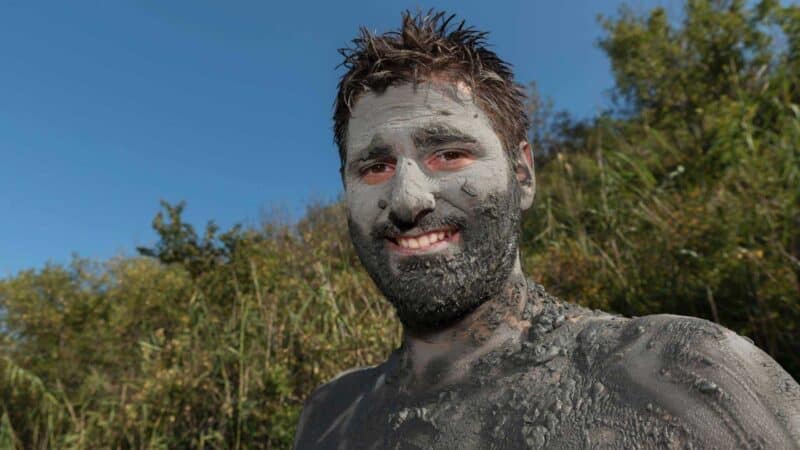
#7
Orosí
Unlike other volcanoes that stand alone, Orosí is part of a cluster of four Costa Rican volcanoes which includes Orosilito, Pedregal and Cacao. All are eroded and heavily vegetated, with no historical eruptions reported over the last 3,500 years. You can visit these four cones and a transitional cloud forest within the Guanacaste Conservation Area.

#8
Turrialba
Though Arenal may be the most popular among tourists, San José’s residents will have one particular volcano on the tips of their tongues. The active Turrialba volcano has erupted several times over the last few years (including as recently June 2021), coating San José in ash and drawing the eyes of geologists who wonder if Turrialba is due for a larger, more destructive eruption.
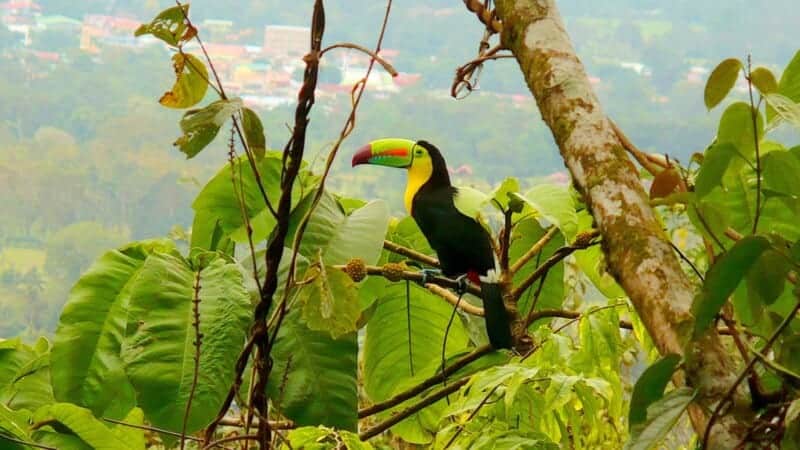
Home to the second tallest volcano in the country, Turrialba Volcano National Park is fantastic destination for wildlife viewing, particularly for birdwatchers. It was closed for many years and reopened in 2020, but it’s best to check its status before you go.
#9
Are Costa Rica volcanoes safe to visit?
When you tell a friend or family member that you’re off to the Ring of Fire to get up-close-and-personal with an active volcano, they may think you’re crazy. It’s important to always be mindful of any natural phenomenon unique to your destination, including the potential for sudden volcanic activity. Yes, Costa Rica is home to active volcanoes that do occasionally erupt and the lava, smoke and gas they emit from these amazing formations can be dangerous.
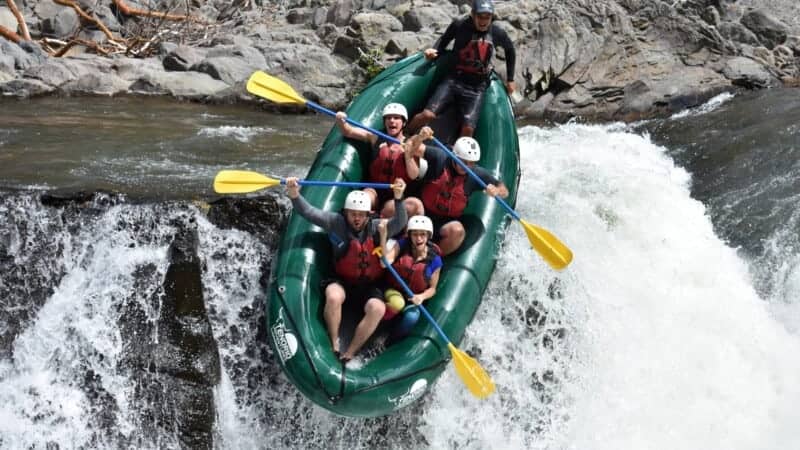
However, it’s also important to acknowledge the risk of danger appropriately. Rough seas, earthquakes, torrential storms, mudslides and other natural events can also pose a risk of harm, injury or even death. Some volcanoes, such as Arenal, were heavily active for a long period of time and have since returned to a dormant state. Others, like Turrialba, were quite quiet before their recent eruptions.
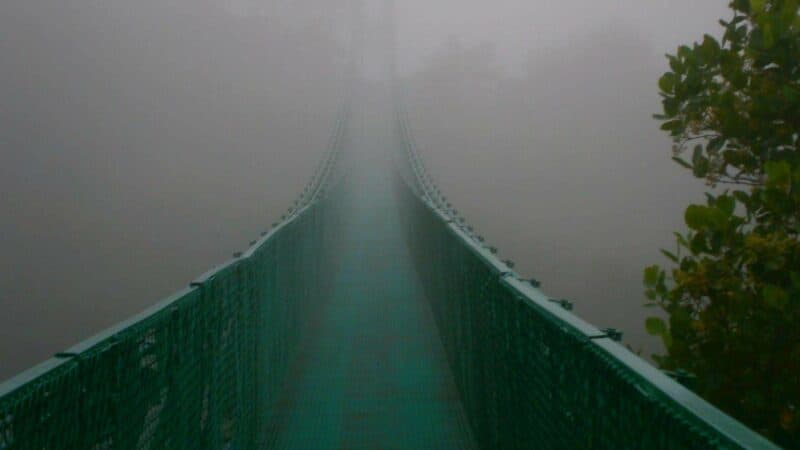
There’s no argument that volcanoes can be deadly and Costa Rica has unfortunately witnessed its share of tragedy. The Arenal Volcano erupted in 1968, claiming nearly 100 lives and destroying three villages. In fact, Arenal was thought to be extinct from 1500 until it erupted in the mid 1900s. Volcanoes in Costa Rica may erupt at any time, though most eruptions are likely to be small and have a small likelihood of causing harm to tourists or visitors.
#10
The beauty and power of Costa Rica volcanoes
Trust me — it’s easy to fall into a trance when experiencing the magic and wonder of Costa Rica for the first time. Whether you’re exploring the lush forests of Monteverde or catching waves on the coast, you’ll fall into tico time almost instantly and savor the lifestyle during every moment of your visit.
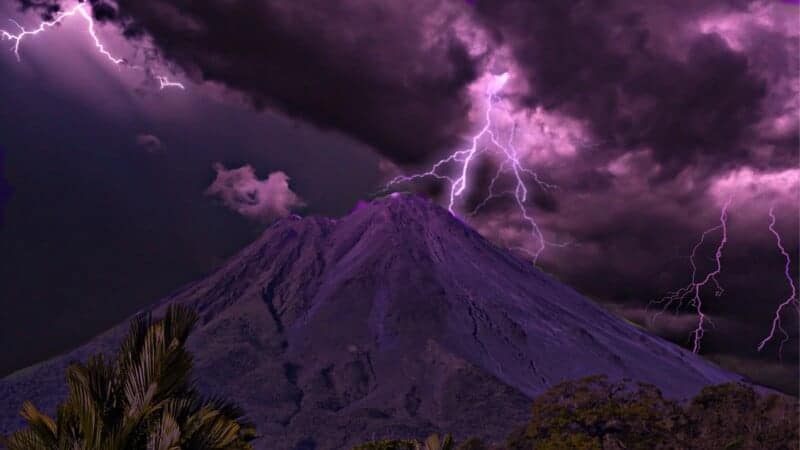
Because the drive and hike to some of the volcanoes of Costa Rica can take hours, it’s best to plan your volcano visit ahead of time. Schedule volcano tours that will conveniently take you to and from your vacation rental and the volcano of your choice. If you’re renting a car, schedule at least a half-day for your visit, being mindful of inclement weather or national park closures.
A hike to one of the country’s active, dormant or extinct volcanoes is not only a memorable experience you’ll treasure for a lifetime, but also one of the best budget-friendly activities in Costa Rica you can add to your itinerary.
Subscribe to our newsletter
to stay up to date

Nick Dauk
More articles From
Book Your
Costa Rica Vacation
RELATED POSTS
- April 16, 2024
- About Costa Rica, Culture
- April 2, 2024
- About Costa Rica, Things To Do
